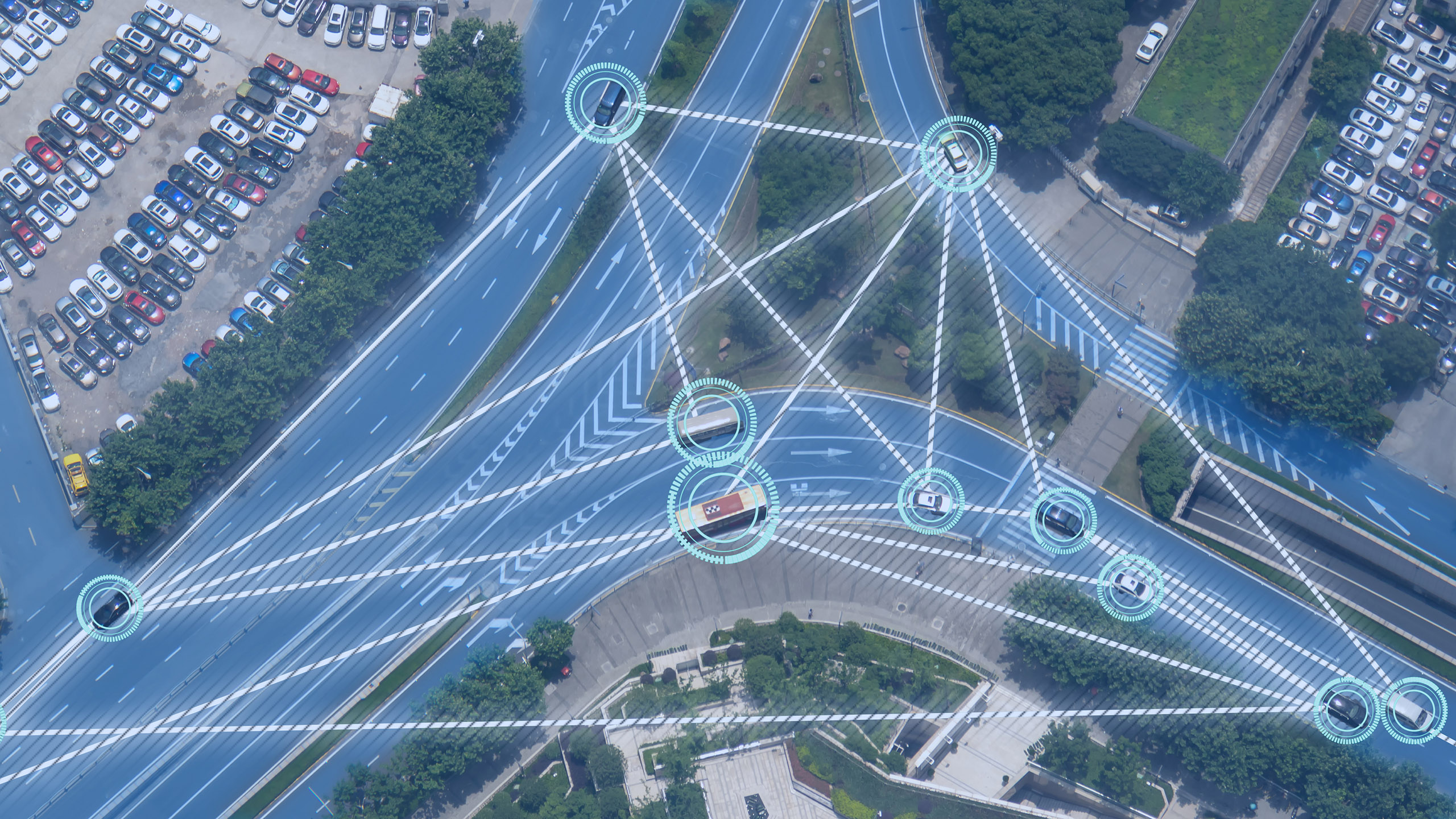As the autonomous vehicle industry races towards our self-driving future, we’re meeting countless challenges every day. From software development to finding the best test routes, the self-driving world has overcome many trials in the name of autonomy – and there are hundreds of these trials yet to be solved.
One of the biggest challenges that the autonomous vehicle industry is facing is in information sharing. Whether we’re connecting with the general public or with government officials, we’re always thinking about the best way to communicate big ideas about AV.
When we start disseminating those big ideas, we turn to organizations like PAVE, or Partners for Autonomous Vehicle Education, to help us level the playing field of autonomous information. From helping to create a library of resources on AV to ensuring that accessibility as at the forefront of our information-sharing, we’re banding with our fellow software, operations, and fleet professionals to face the information challenge.
PAVE x Torc
PAVE is a coalition of industry partners and nonprofit groups with one goal: to bring the conversation about automated vehicles (AVs) to the public so everyone can play a role in shaping our transportation future. PAVE’s mission is purely educational—they don’t advocate for a particular technology or specific public policies. PAVE members believe that we will best achieve the potential benefits of driverless technology if the public and policymakers know the honest facts of what is on the roads today and what is possible for the future.
As a proud part of PAVE, Torc plays a key role in the greater conversation about autonomous trucking. Alongside our fellow members in the self-driving car and truck industry, we shape standardized terms for the various components of our technology, identify consumer pain points, and more. Today, we’re continuing to develop the conversation by doing a deep dive into the PAVE Q&A series, #AVAnswers.


